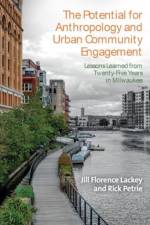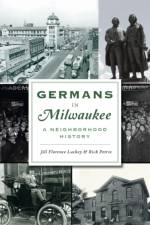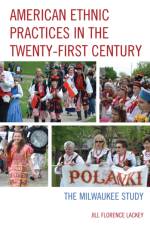av Jill Florence Lackey & Rick Petrie
387
The Old South Side has always welcomed ethnic groups. In the late 1800s, the area was developed by immigrant Poles, who became the dominant population for over 100 years. They celebrated their traditions, building churches, businesses, and service organizations and bringing over distinctive features from their homeland. While other Milwaukee ethnic neighborhoods gradually dissipated in the mid-20th century because of assimilation pressures, freeway building, or urban renewal programs, the Old South Side remained solidly Polish. Perhaps for this reason, the area became the destination of the fair housing marches. By the late 1960s, African Americans began demanding legislation that would allow them to live anywhere in the city, including the Old South Side. While African Americans never migrated to the area in great numbers, other populations did. A survey nearly a half century later revealed that people of 110 national backgrounds now lived on the Old South Side, with the three largest groups being Mexicans, Poles, and American Indians. Today, the neighborhood faith communities, businesses, sports, and celebrations strongly reflect the influence of these three communities.





